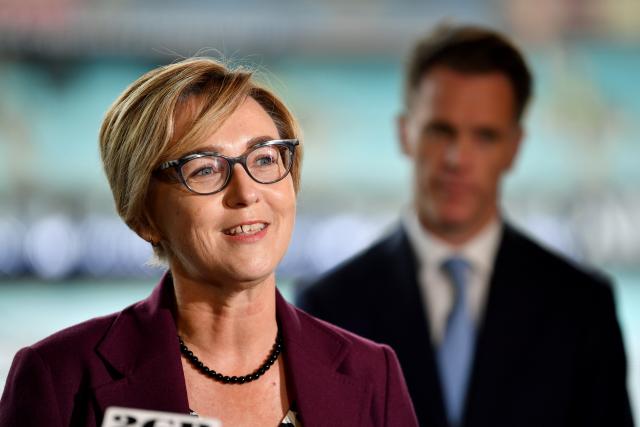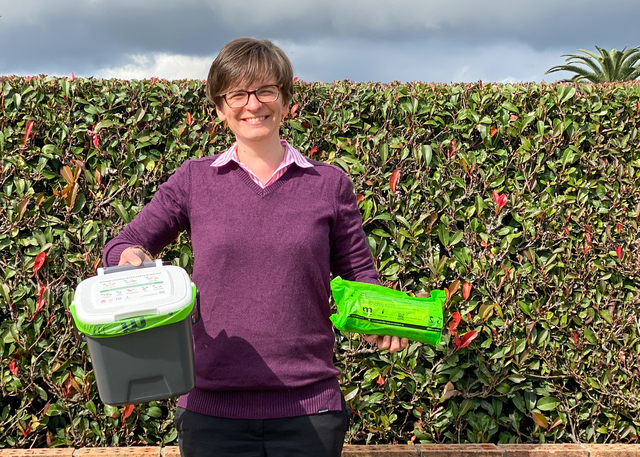The Good Oil by Rod Brown *
In a recent address to a Melbourne audience, Trade Minister Mark Vaile justified the Australian Government’s spate of bilateral deals on the basis that you cannot ‘simply wait and watch current and future economic opportunities go by’. He likened himself to 1960s Trade Minister, ‘Black Jack’ McEwen, who didn’t wait until Australia’s exports were imperilled by the UK’s entry into the Common Market, but pushed to open up new opportunities for Australian exports to Japan.
Vaile said the need is to grasp opportunities, to be ambitious, and to be pragmatic. He used the following examples of the Howard Government’s pragmatism in deepening Australia’s economic engagement with Asia:
- Early in 2003 signing of the Free Trade Agreement (FTA) with Singapore.
- In July, Prime Ministers Howard and Koizumi signing a Trade and Economic Framework with Japan.
- At the APEC meeting in Bangkok, finalising the negotiation for an Australia–Thailand FTA.
- In October, Chinese President Hu Jintao agreeing to a joint feasibility study on a free trade agreement between Australia and China.
Feasibility study of FTA with China
Tim Harcourt, Chief Economist of Austrade, says the feasibility study is to ascertain how the Australian and Chinese economies can be more closely integrated, and that while all trade negotiations are more of a marathon than a sprint, Hu’s announcement puts us at the head of the pack. He adds that the agreement means that our resource sector will have fewer constraints to deal with as it powers ahead in the Chinese market. – for example the $A30 billion LNG deal – and that there will be opportunities for smaller players in manufacturing and services, such as international education and tourism.
Harcourt argues that a FTA with China will make it easier for Australian companies in terms of foreign investment and in forming joint ventures, and will raise Australia’s profile as a reliable and preferred foreign partner in China, where government officials make a big difference in winning commercial opportunities. He says the strong endorsement of Australia by President Hu will also help Australian engineering and construction companies when bidding for large capital projects.
FTA with USA
Meanwhile, the head of Foreign Affairs, Dr Ashton Calvert, was also doing a sell to a Canberra group, to the effect that a FTA with the US would link Australia more closely with the world’s largest and most dynamic economy, leading to higher economic growth, better living standards and better paid jobs for Australians. He quoted economic analysis suggesting that the removal of tariff barriers between Australia and the US could increase Australia’s annual GDP by $4 billion within several years, and that a FTA could stimulate investment from the US and facilitate business linkages with dynamic sectors in the US.
Dr Calvert said this FTA would have explicit exemptions for measures to protect human health and safety, public order, public morals and national security.
He said the Australian Government:
- will not enter into any agreement that would compromise the scientific integrity of Australia’s quarantine arrangements;
- will defend Australia’s GMO regulatory arrangements
- is fully committed to defending our single desk export arrangements, including for wheat, rice, barley and sugar, in all current trade negotiations
- remains committed to preserving the right to regulate film, television and other audiovisual media to achieve its cultural and social objectives
- will not allow grants and other subsidies for the cultural industries, such as local content quotas for broadcasting, to be affected
- is working very closely with the States and industry organisations to ensure there are provisions that allow governments to continue procurement policies to assist small businesses, Indigenous communities and so forth l remains committed to ensuring access to affordable medicines through a sustainable Pharmaceutical Benefits Scheme.
The risks
While all the above is fine, I have nagging doubts. The reality is these FTAs will change the course of economic and political history in this country. As the Japanese might say, we are leaving the quiet waters of Sydney Harbour and sailing into the mid-Pacific. The impact could be quite sharp, hard to measure, and in many cases it will be localised – hence it is important that Local Government is across the issues.
Let’s look at the risks
First, the Americans are arguably the toughest negotiators of all. What cannot be taken for granted is political rhetoric about mutual friendship and ties. Our programs to assist Australian small business will be under pressure. Of relevance here is the fact that the US does not have an industry policy at the Federal level. It leaves it to the 50 States to run industry support and procurement policies, which keeps a lot below the World Trade Organisation radar.
Secondly, the industrial power of the US and Japan, and the cost advantages held by China, gives them a huge advantage once you let the market rip.
Australia, on the other hand, has a modest and fragmented industry base, plus a low assistance regime, which means we no longer have negotiating coin in the FTA negotiations. As identified by OECD analysis, Australia, New Zealand and Canada have already moved away from defensive policies with tariffs, subsidies and so forth, and have embraced so called proactive policies such as R&D, export market development, industrial relations, and microeconomic reform. But this strategy has failed us because our major trading partners have not budged. The smarties will say that this is precisely why we now need bilateral FTAs! But there is more to it.
Thirdly, because our economy is relatively more open, the FTAs will be lightning rods for weaknesses in our industrial structure. Our trade negotiators will have a difficult time keeping on top of the complex issues as bilateral deals sweep the world, each with its own exemptions and phased arrangements. Countries without FTAs risk becoming marginalised, and the world market will surely become compartmentalised.
Our trade experts correctly argue that export and investment opportunities for ‘internationally connected’, technology intensive Australian companies will undoubtedly result. But the flip side will be closures of import sensitive industries in Australia, such as metal fabrication, engineering, electronics, film and TV, textiles and food processing. And a strong regional impact can be expected, in line with past experience with tariff cuts. The cracks will open up as we enter a recession.
In summary
I am not trying to be alarmist here. Indeed, Australia probably has no other option than to go with the flow. But we must keep our eyes open. And Mark Vaile will need to take his own advice by being ambitious and developing programs and incentives to get Australian companies embedded in global alliances and supply chains. Stronger policies to leverage our companies into the US defence market should be pursued. However, because the regional shocks could be quite significant, there is a vital role for Local Government in monitoring economic and social conditions.
You might also help frame the adjustment programs. After all, you will be closest to the action.
* Rod Brown’s Canberra based consultancy group, Australian Project Developments Pty Ltd, specialises in industry/regional development and government liaison. For further information telephone (02) 6231 7261 or email apd@orac.net.au







